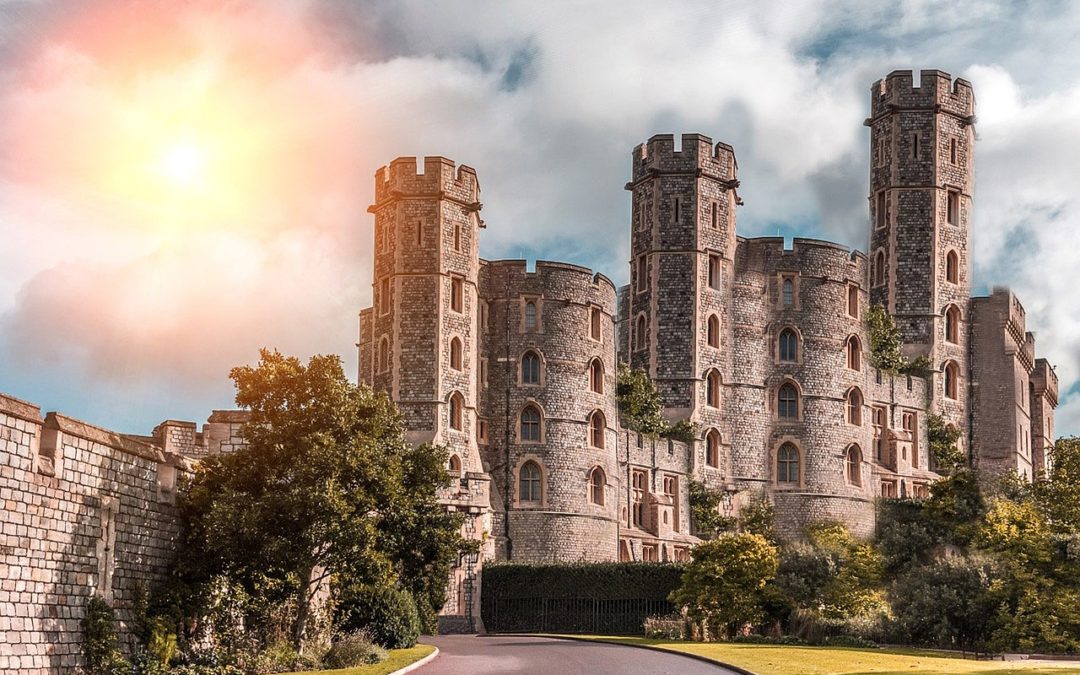By 2031, seniors in Canada will account for between 23% and 25% of the total population. However, in Great Victoria there’s already more than 24% of people between the ages of 55-74.
People are living longer these days because of better medicine and medical care. The 80 plus age group is the fastest growing group and Reuters reported that more than ½ of babies born in rich nations today will live to be 100 years old if current life expectancy continues.
The existing housing stock isn’t equipped to safely accommodate that many older people. There are too many staircases, narrow walker and wheelchair-unfriendly doorways, and slippery step-in bathtubs and showers.
Forward-thinking homeowners are making necessary improvements to their home now, and those changes will benefit people of all ages, not just seniors.
The benefits will also extend to your wallet as incorporating accessibility features may also increase the value of your home. An accessible home will increase the pool of potential buyers as it can accommodate anyone whatever their physical abilities. This means it will most likely sell more quickly too.
Neglecting accessible design features may cause many potential buyers to overlook your home, and as more boomers demand these features, accessible design may become mandatory. Already, the city of Vancouver has made bylaw changes that will enhance the accessibility and adaptability of all new homes and is considering adding more in the future.
Who Uses Accessible Homes?
In my circle of friends I know several people (including myself) who have physical challenges ranging from temporary serious injuries (including recovering from major surgery) to chronic health issues to those with permanent disabilities. We could all use a well-designed accessible home to help us heal in the comfort of our own home.
- Young families need accessible homes. In the USA, 3 out of 100 babies born each year have significant birth defects, caused by genetics or problems during pregnancy that result in physical or mental disabilities.
- People who become seriously injured need accessible homes. Healthy, active adults have a 1 in 4 chance of becoming disabled for at least 3 months at some point in their lives.
- People living with illness need accessible homes. Diseases such as MS and ALS affects people’s vision, muscles, strength, coordination, and speech.
- People with sensory limitations such as low visions and hearing loss need accessible homes.
- People with intellectual limitations need accessible homes. Brain injuries sustained in a stroke, or an accident can impact various skills. Depending on where in the brain the injury occurs it can affect motor abilities, coordination, hearing, and memory.
- Anybody wanting to continue living in their own homes well into their senior years needs accessible homes. AARP (American Association of Retired Persons) surveys report that over 85% of people want to age at home. And who wouldn’t?
- People who want a safer, functional and beautiful place to live need accessible homes. Read our web page and find out who accessible design benefits.
Incorporate Accessibility Today
It makes more sense to have accessibility features available in your house now. Nobody wants the expense of renovating and retrofitting them in at a later date.
Building costs have risen dramatically in the past few years and continue to rise steadily. I know a builder who is receives emails from suppliers on a weekly basis informing him of price increases in building supplies.
Renovating later for accessibility is not an option in this expensive building market. It’s best to incorporate during the building phase so it’s there and ready to be utilized when need be. What a great selling feature for a home!
Action Plan
Adopt accessible design as the rule, rather than the exception.
If you are building a new home or renovating an existing one, find out what it would take to make your home accessible. Talk to your architect or interior designer and get those features included in your plans.
It shouldn’t cost you more to have these features included during the build, and by doing so you will be adding extra value and appeal to your home.
Building accessible homes will ensure they are sustainable and more environmentally friendly as they will require fewer changes in the long run.

